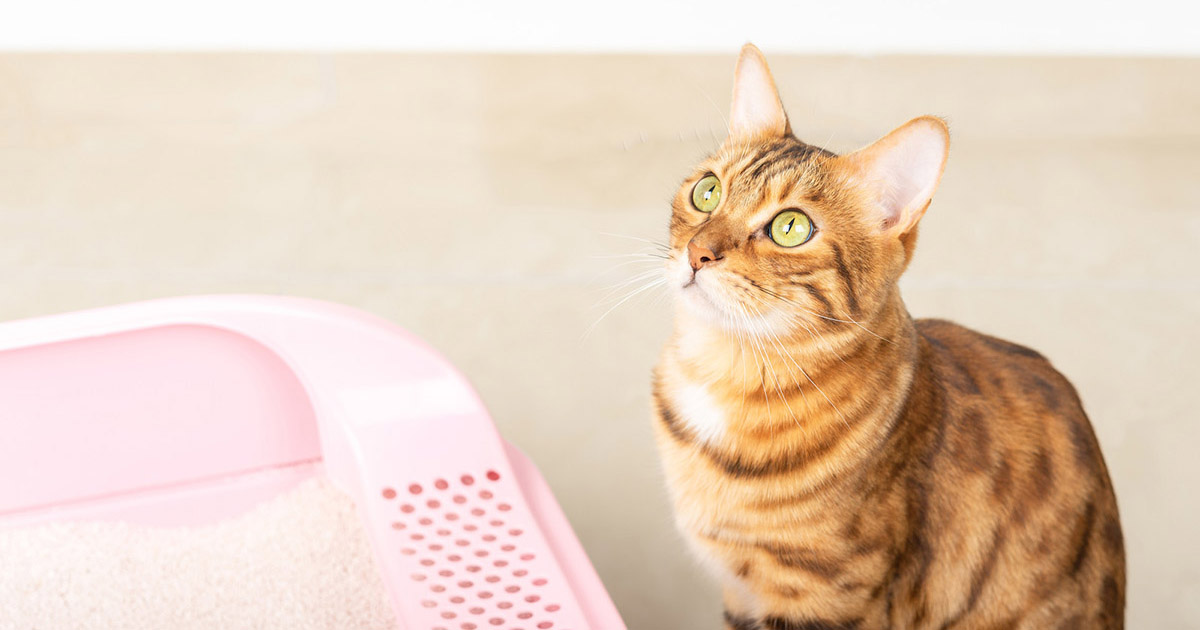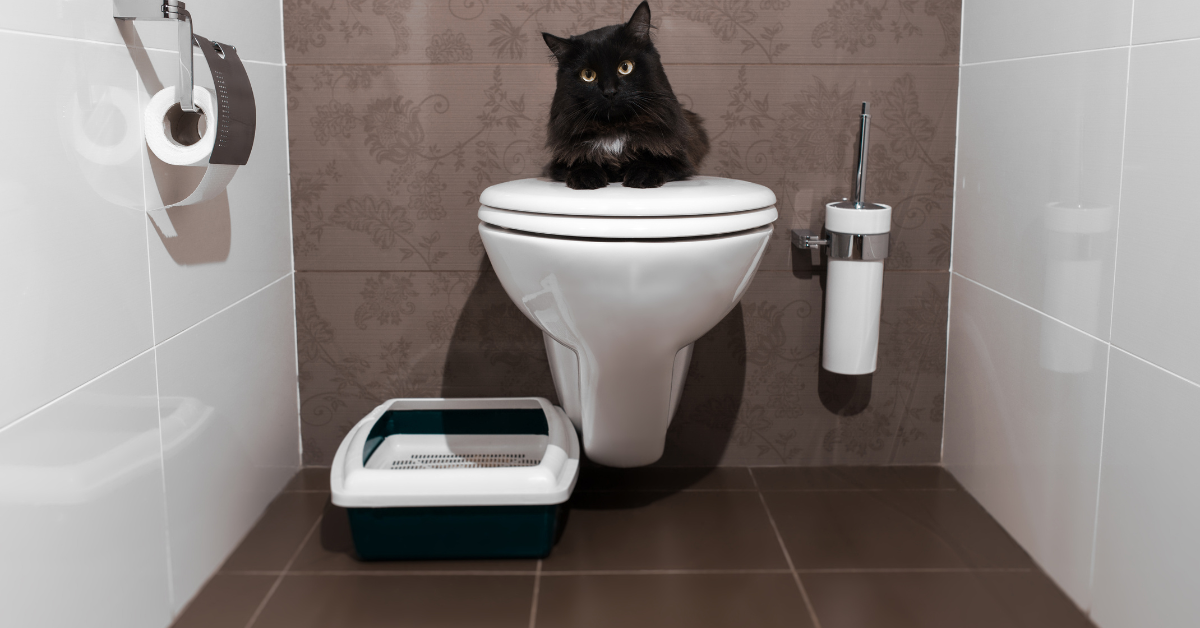Why Flushing Cat Poop Down Your Toilet May Cause Problems - Recommendations for Proper Handling
Why Flushing Cat Poop Down Your Toilet May Cause Problems - Recommendations for Proper Handling
Blog Article
Almost everyone has got their personal conception on the subject of Don’t flush cat feces down the toilet.

Introduction
As pet cat proprietors, it's essential to bear in mind just how we deal with our feline friends' waste. While it may seem hassle-free to flush pet cat poop down the toilet, this method can have damaging effects for both the setting and human health and wellness.
Environmental Impact
Flushing pet cat poop introduces hazardous virus and bloodsuckers right into the supply of water, posturing a considerable risk to aquatic ecological communities. These impurities can negatively affect marine life and concession water quality.
Health and wellness Risks
Along with environmental problems, flushing cat waste can likewise present health risks to human beings. Cat feces might consist of Toxoplasma gondii, a parasite that can create toxoplasmosis-- a potentially extreme disease, specifically for pregnant females and individuals with weakened body immune systems.
Alternatives to Flushing
Luckily, there are more secure and extra liable means to dispose of feline poop. Consider the following options:
1. Scoop and Dispose in Trash
One of the most typical technique of throwing away cat poop is to scoop it right into a biodegradable bag and throw it in the garbage. Make certain to utilize a dedicated trash scoop and get rid of the waste promptly.
2. Use Biodegradable Litter
Go with naturally degradable feline trash made from products such as corn or wheat. These litters are environmentally friendly and can be securely gotten rid of in the garbage.
3. Bury in the Yard
If you have a yard, think about hiding cat waste in a designated area far from vegetable yards and water resources. Make sure to dig deep sufficient to prevent contamination of groundwater.
4. Mount a Pet Waste Disposal System
Buy a family pet waste disposal system specifically made for cat waste. These systems make use of enzymes to break down the waste, minimizing odor and ecological impact.
Conclusion
Accountable animal possession prolongs past supplying food and shelter-- it additionally involves appropriate waste monitoring. By refraining from purging pet cat poop down the commode and choosing alternative disposal techniques, we can minimize our environmental impact and safeguard human health and wellness.
Why Can’t I Flush Cat Poop?
It Spreads a Parasite
Cats are frequently infected with a parasite called toxoplasma gondii. The parasite causes an infection called toxoplasmosis. It is usually harmless to cats. The parasite only uses cat poop as a host for its eggs. Otherwise, the cat’s immune system usually keeps the infection at low enough levels to maintain its own health. But it does not stop the develop of eggs. These eggs are tiny and surprisingly tough. They may survive for a year before they begin to grow. But that’s the problem.
Our wastewater system is not designed to deal with toxoplasmosis eggs. Instead, most eggs will flush from your toilet into sewers and wastewater management plants. After the sewage is treated for many other harmful things in it, it is typically released into local rivers, lakes, or oceans. Here, the toxoplasmosis eggs can find new hosts, including starfish, crabs, otters, and many other wildlife. For many, this is a significant risk to their health. Toxoplasmosis can also end up infecting water sources that are important for agriculture, which means our deer, pigs, and sheep can get infected too.
Is There Risk to Humans?
There can be a risk to human life from flushing cat poop down the toilet. If you do so, the parasites from your cat’s poop can end up in shellfish, game animals, or livestock. If this meat is then served raw or undercooked, the people who eat it can get sick.
In fact, according to the CDC, 40 million people in the United States are infected with toxoplasma gondii. They get it from exposure to infected seafood, or from some kind of cat poop contamination, like drinking from a stream that is contaminated or touching anything that has come into contact with cat poop. That includes just cleaning a cat litter box.
Most people who get infected with these parasites will not develop any symptoms. However, for pregnant women or for those with compromised immune systems, the parasite can cause severe health problems.
How to Handle Cat Poop
The best way to handle cat poop is actually to clean the box more often. The eggs that the parasite sheds will not become active until one to five days after the cat poops. That means that if you clean daily, you’re much less likely to come into direct contact with infectious eggs.
That said, always dispose of cat poop in the garbage and not down the toilet. Wash your hands before and after you clean the litter box, and bring the bag of poop right outside to your garbage bins.
https://trenchlesssolutionsusa.com/why-cant-i-flush-cat-poop/

As a devoted person who reads about Can You Flush Cat Poo or Litter Down the Toilet?, I was thinking sharing that excerpt was worth the trouble. I beg you take the opportunity to share this entry if you enjoyed reading it. Thank you for your time. Don't forget to stop by our website back soon.
Request Estimate Report this page